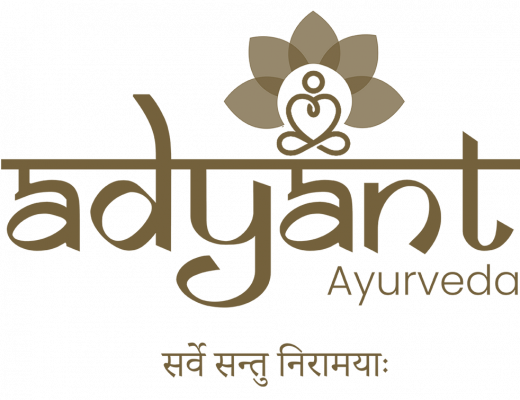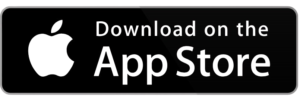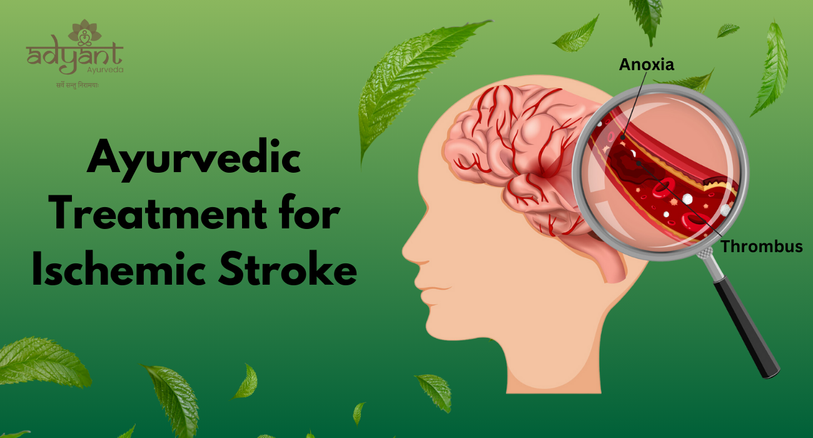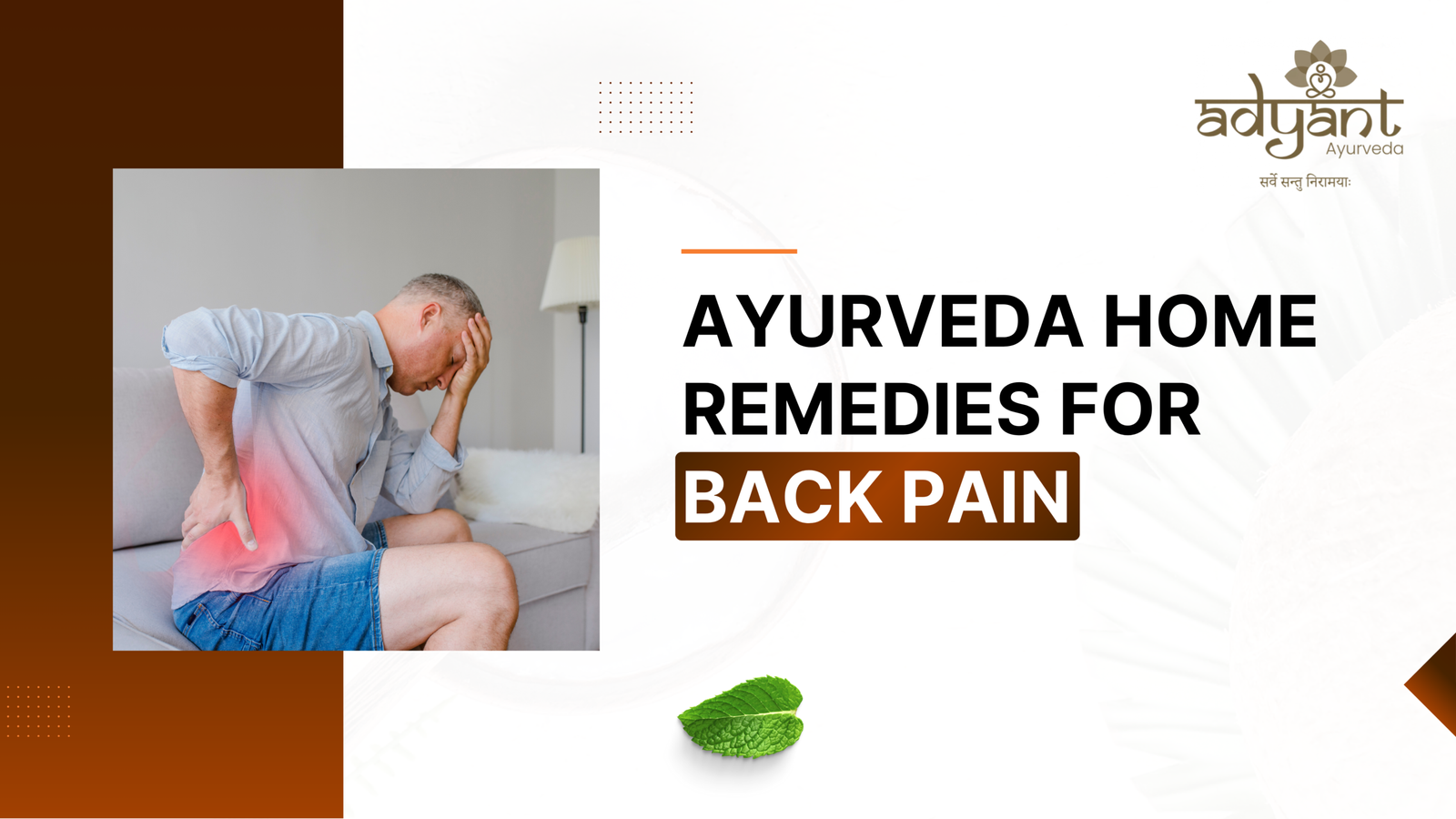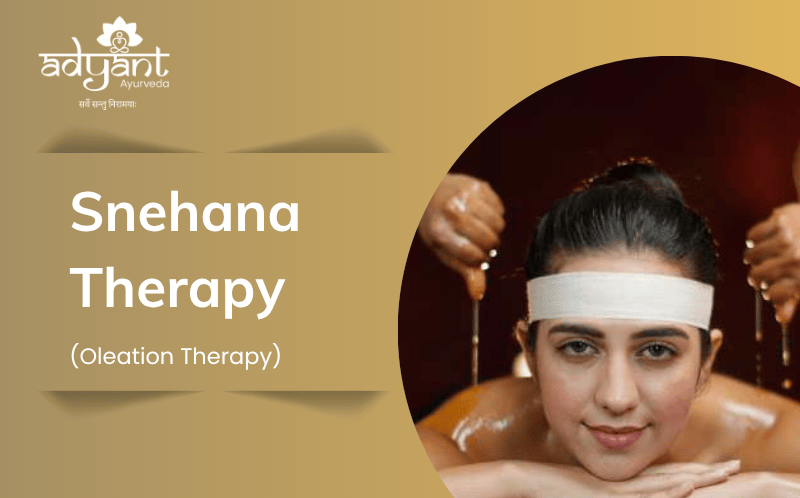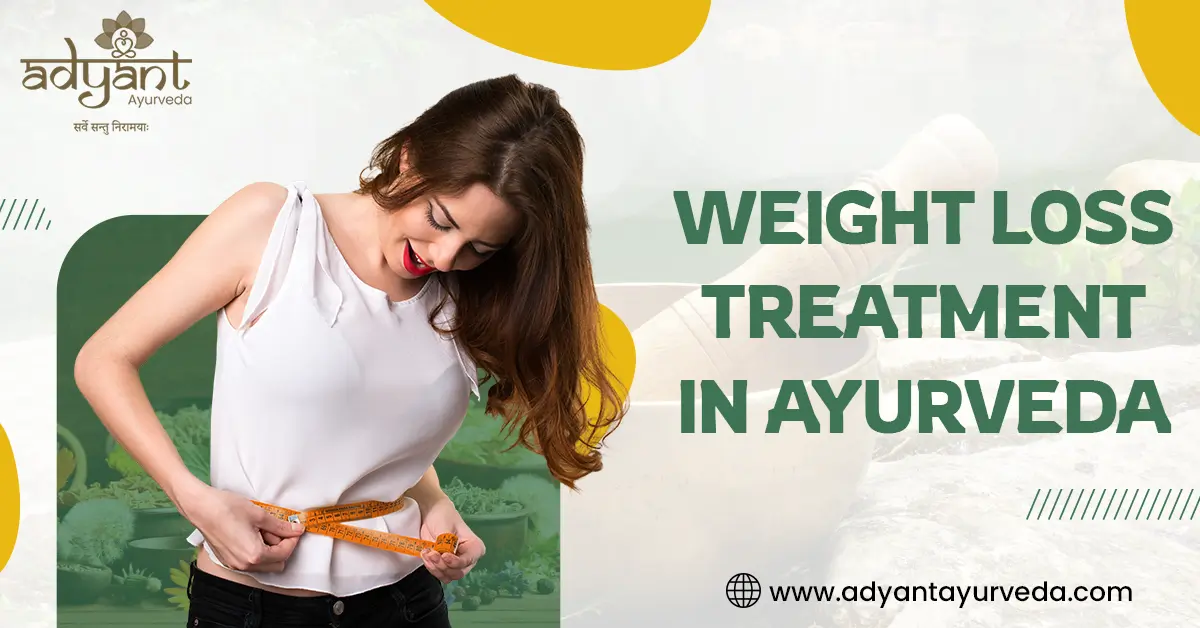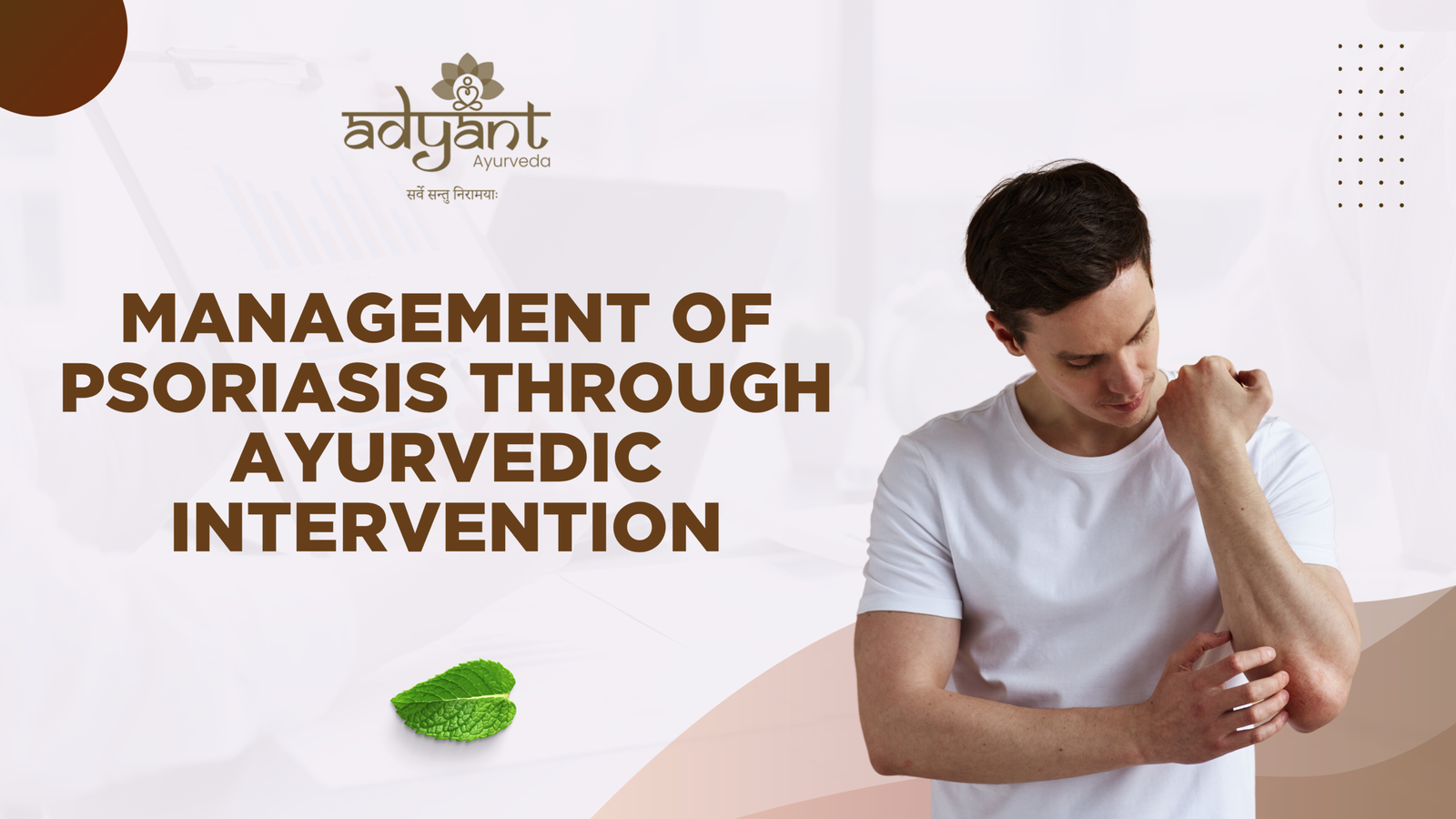Table of Contents
ToggleIschemic stroke is one of the most serious neurological conditions globally, causing long-term disability and mortality. It occurs when a clot blocks blood flow to the brain, cutting off oxygen. While emergency care like thrombolysis is effective within a narrow time window, many patients seek Ayurvedic treatment for ischemic stroke for long-term recovery, neuroregeneration, and overall well-being.
At Adyant Ayurveda, the best Ayurvedic clinic in Bangalore, we provide holistic stroke recovery treatments using time-tested classical Ayurvedic therapies customized for each patient.
📲 For free consultation with top ayurvedic doctors, download our app from the Play Store, “AyurCare“
Ischemic Stroke in Ayurveda (Pakshaghata): Causes, Symptoms & Treatment
In Ayurveda, ischemic stroke is closely correlated with Pakshaghata, a condition arising due to Vata dosha imbalance affecting Vatavaha srotas (neural pathways). Classical Ayurvedic texts such as:
Charaka Samhita Chikitsa Sthana 28
Sushruta Samhita Chikitsa Sthana 5
Ashtanga Sangraha Chikitsa Sthana 23
Bhavaprakasha Vatavyadhi Vikar
Describe Pakshaghata as involving cheshta nivritti (loss of voluntary movement), vakstambha (speech impairment), and anga shithilata (muscle weakness).
✅ A case study published in IJAPR (2022) documented over 95% recovery in speech and motor functions in a patient with right-sided hemiplegia using Panchakarma and Ayurvedic formulations within just 6 weeks.
Ayurvedic Causes of Ischemic Stroke (Pakshaghata)
Aggravated Vata dosha impairs nerve and muscle function
Aama (toxins) obstructing srotas due to poor digestion, stress, or lifestyle
Age-related degeneration increases vulnerability to Vata disorders
Unhealthy habits: Late nights, excessive screen time, spicy or dry foods, sedentary lifestyle
🔹 Dual Pathogenesis of Pakshaghata: Avarana vs Dhatukshaya
In classical Ayurvedic understanding, Pakshaghata (paralysis/stroke) can arise from two distinct pathologies:
Avaranajanya Pakshaghata: Caused by the obstruction (Avarana) of normal Vata function by aggravated Kapha, Pitta, or Meda (fat tissue). This type is more common in younger or middle-aged patients with metabolic or inflammatory tendencies.
Dhatukshayajanya Pakshaghata: Resulting from the degeneration or depletion of tissues (Dhatu Kshaya), especially Majja (bone marrow/nervous tissue) and Ojas. Seen more in elderly or chronically ill individuals, this type is associated with weakness, emaciation, and long-term deterioration.
👉 Understanding the exact pathogenesis helps tailor the Panchakarma, herbal therapies, and rejuvenative approaches more precisely.
Common Ayurvedic Symptoms of Stroke (Pakshaghata)
Hemiplegia or hemiparesis (paralysis on one side)
Slurred or lost speech (vakstambha)
Numbness, tingling (anga shithilata)
Facial deviation (asya vikruti)
Weak grip, fatigue, difficulty in coordination
Double vision (dwi-drishti)
Ayurvedic Diagnostic Approach
At Adyant Ayurveda, we use a combination of traditional and modern assessments:
Dashavidha & Ashtavidha Pareeksha
Prakriti-Vikruti analysis
Srotodushti (channel obstruction) evaluation
Functional outcome tracking using:
NIH Stroke Scale (NIHSS)
Modified Rankin Scale (mRS)
Barthel Index (BI)
🔹 Multi-Phase Ayurvedic Stroke Recovery Protocol
Ayurveda follows a multi-stage protocol in managing ischemic stroke, designed to progressively detoxify, stabilize, and regenerate the body:
Snehana (Oleation) – Internal and external application of medicated oils to loosen toxins and lubricate tissues.
Shodhana (Detoxification) – Virechana or Basti removes deep-seated Doshas from the body.
Shamana (Pacification) – Use of targeted herbal formulations to restore Dosha balance.
Rasayana (Rejuvenation) – Rebuilding strength, nerve function, and vitality through nutritive tonics and mental support.
This personalized and staged model supports not just neurological function, but also emotional stability and immunity.
Best Panchakarma Therapies for Ischemic Stroke Recovery
🔸 Virechana – Therapeutic purgation to eliminate Pitta and metabolic waste
🔸 Basti – Medicated enemas to regulate Vata and rejuvenate the nervous system
A modified Kala Basti protocol (8 days) was successfully used in clinical cases to reduce Vata and enhance motor control.
🔸 Nasya – Medicated oils administered through the nasal passage
🧠 Ayurveda’s use of Nasya centuries ago aligns with modern neuroscience, where intranasal delivery is now recognized as a powerful method to bypass the blood-brain barrier and deliver drugs directly to the brain.
🔸 Abhyanga & Pinda Sweda – Herbal oil massage and steam fomentation for muscle tone
🔸 Shirodhara – A calming stream of oil over the forehead to reduce stress and balance Vata
🔁 At Adyant Ayurveda, daily personalization of therapies is done based on patient response—unlike rigid protocols in conventional care.
🔺 Note: Certain Panchakarma procedures like Basti and Nasya are withheld in patients with acute post-stroke fever or infections, as per standard Ayurvedic safety guidelines.
Rasayana Chikitsa: Ayurvedic Rejuvenation for Stroke Recovery
After detoxification, we focus on rejuvenating the nervous system with potent Ayurvedic Rasayana herbs and formulations:
Ashwagandha – Enhances strength, calms the nervous system
Brahmi – Improves memory, cognition, and speech
Shankhapushpi – Enhances focus and neuroprotection
Suvarna Sameerapanaga Rasa, Vidaryadi Kashaya, Balarishta – Powerful Vata-pacifying, tissue-rebuilding formulas
🔹 Internal Medicines Used in Clinical Practice
At Adyant Ayurveda, the following internal medicines have shown significant results in ischemic stroke recovery:
Suvarna Sameerapanaga Rasa – A classical gold-based formulation used for enhancing nervous system function and restoring Vata balance.
Vidaryadi Kashayam – A decoction that nourishes Mamsa (muscle) and Majja (nerve tissue) and helps rebuild lost strength.
Ashwagandha Churna – A powerful adaptogen that combats fatigue, stress, and neurodegeneration.
Balarishta – A fermented tonic used post-Panchakarma to promote strength and Vata stability.
These are chosen based on individual Prakriti (constitution) and clinical condition, and are best administered under expert supervision.
Ayurvedic Diet Plan for Stroke Recovery
✅ Include:
Warm, moist, easily digestible foods like moong dal, khichdi, ghee, and almond milk
Ginger, turmeric, cumin, and black pepper to improve digestion and clear toxins
❌ Avoid:
Cold, dry, processed, stale, or fermented foods
Heavy dairy, fried snacks, excessive caffeine, or tea
Yoga and Pranayama for Post-Stroke Healing
Gentle, supervised yoga postures and breathing techniques help restore coordination and boost brain oxygenation:
Nadi Shodhana (Alternate Nostril Breathing)
Bhramari (Bee Breathing)
Light, adapted asana practices to enhance circulation and neuroplasticity
What Science Says: Ayurvedic Treatment for Stroke is Safe & Effective
A 2019 study published in Global Advances in Health and Medicine compared Ayurvedic and Western conservative care in ischemic stroke:
Mortality rate was identical (15.38% vs 15%)
Fewer non-fatal complications in the Ayurvedic group
Functional recovery measured by NIHSS, mRS, and BI showed no significant difference
Cost of Ayurvedic treatment was significantly lower, despite longer hospital stays (12.69 days vs 6.4 days)
Ayurveda’s treatment involved a multi-phase approach, including detox, stabilization, Rasayana, and follow-up, which explains the longer duration.
The study also used Euclidean matching algorithms to control bias, and authors called for further validation through a randomized controlled trial (RCT) to establish efficacy at a global level.
🔹 Lifestyle Advice for Post-Stroke Recovery
Ayurvedic post-stroke care also emphasizes daily routines that support Vata balance and prevent recurrence:
Maintain a regular sleep schedule—early to bed, early to rise.
Perform daily Abhyanga (oil massage) with warm herbal oils like Kshirabala or Mahanarayan to nourish nerves.
Engage in light walks, meditation, and gentle yoga to promote circulation and mind-body coordination.
Avoid exposure to cold weather, wind, or excessive travel, all of which aggravate Vata.
These lifestyle practices, when paired with Panchakarma and Rasayana therapies, accelerate recovery and reduce relapse risk.
Why Choose Adyant Ayurveda for Stroke Recovery?
🌿 25+ years of Ayurvedic expertise
🧠 Specialists in Pakshaghata and Vata neuro-disorders
💆♂️ Authentic, customizable Panchakarma protocols
📊 Real-time tracking via NIHSS, mRS, BI, along with BP & HR monitoring
💡 Integrated physiotherapy, yoga therapy, and Rasayana care
🌿 Closing Thought
Recovering from an ischemic stroke is not just about regaining lost movement—it’s about rebalancing the body, reviving the mind, and reclaiming confidence. At Adyant Ayurveda, our patients receive personalized, safe, and clinically guided stroke recovery rooted in authentic Ayurvedic tradition and supported by modern science.
🙋 10 FAQs: Ayurvedic Treatment for Ischemic Stroke
1. Can Ayurveda cure ischemic stroke completely?
Ayurveda significantly improves motor function, cognition, and independence. Full recovery depends on stroke severity and the timing of treatment.
2. How soon should Ayurvedic treatment start after a stroke?
Ideally within the first 72 hours. Early intervention improves neuroplasticity and outcome, as shown in clinical studies.
3. What are the best Ayurvedic treatments for stroke?
Basti, Nasya, Rasayana therapy, and Abhyanga are foundational, individualized, and based on patient condition.
4. How long does recovery take?
Visible improvements may occur in 2–4 weeks, while 3–6 months of continued therapy ensures long-term gains.
5. Can Ayurveda be used alongside allopathic medicine?
Yes. Integration is safe when supervised. Many patients follow both Ayurvedic and allopathic regimens successfully.
6. Are Ayurvedic medicines safe?
Yes, when prescribed by qualified doctors. At Adyant Ayurveda, we use GMP-certified classical formulations.
7. Is it suitable for the elderly?
Absolutely. Ayurveda provides gentle, non-invasive therapies suitable for senior stroke patients.
8. Is physiotherapy included at Adyant Ayurveda?
Yes. We offer integrated physiotherapy, yoga sessions, and diet counseling for holistic recovery.
9. What is the cost of treatment?
Ayurvedic stroke therapy is often more affordable than conventional hospitalization. Custom packages are available.
10. Can speech and motor weakness improve with Ayurveda?
Yes. Documented cases and studies show significant gains in speech, motor skills, and independence with consistent therapy.
📞 Book a Free Consultation Today!
Adyant Ayurveda – Best Ayurvedic Clinic for Stroke Treatment in Bangalore
📱 +91-99725-41009 | +91-63662-58619 | +91-97408-11415
📲 Download our app “AyurCare“” from the Play Store for expert Ayurvedic consultations and personalized recovery plans.
